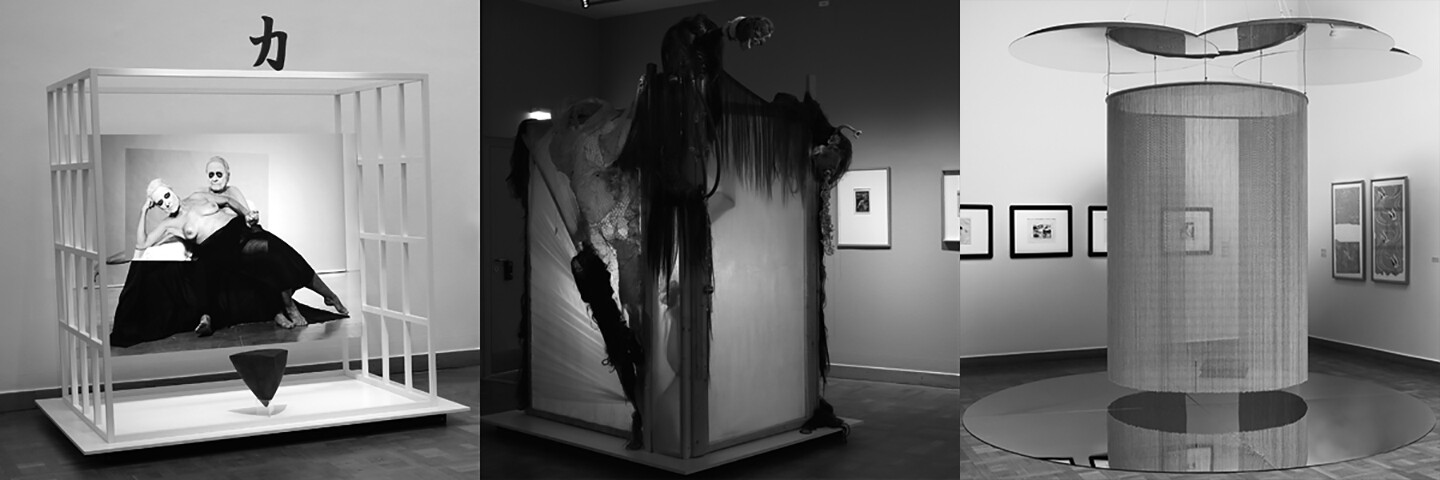The Teahouses of Margot Pilz, Eva Schlegel and Stephanie Pflaum
October 10, 2018–January 20, 2019
Freyung 8
1010 Vienna
Austria
Until January 20, 2019, the Bank Austria Kunstforum Wien is devoting a comprehensive exhibition to the land of the rising sun: entitled Fascination Japan: Monet. Van Gogh. Klimt. the show traces the development of the fascination for the strange and the new, from its beginnings in the 1860s to its influence on the development of modernism around 1900. “Japomanie”—the Western public’s craze for the extravagant vases, lacquered boxes, fabrics and colour woodcuts—actually hit Europe after the Paris World Exhibition of 1878.
In Vienna, boosted by the 1873 Vienna World Exhibition, it sparked off a genuine hype surrounding the aesthetic of the Far East, which also inspired such artists as Gustav Klimt and Josef Hoffmann. Artists throughout Europe succumbed to the fascination for the Japanese language of forms. In particular, the brilliantly inventive ukiyo-e—the colour woodcut—assuaged the public’s yearning for an unknown, strange culture, among them such artists as Monet, Manet, Van Gogh, Degas and Gauguin, Toulouse-Lautrec, Bonnard, Vuillard, Vallotton, Marc, Kandinsky and more.
Reflections on the theme of the teahouse
Historical Japanese society is without doubt male-dominated. The stories illustrated in the ukiyo-e are full of this. Disrupting this phenomenon only functions from a perspective of the present day.
The Bank Austria Kunstforum Wien has therefore invited three Austrian women artists to contemplate the exhibition and produce reflections on the theme of the teahouse.
Margot Pilz
Margo Pilz’s teahouse bears a socio-political message. Her contribution dislocates commonplace images. Two old people put themselves on show half naked and full of pride as a re-interpreted Pietà and under the aegis of eternal love. The directness with which they speak to us is brutal, also and especially because of the perfect aesthetic presentation.
Eva Schlegel
Eva Schlegel constructs a weightless, floating pavilion, an imaginary teahouse. Schlegel abstracts the basic elements of the traditional teahouse; the resulting complex interplay of surface and space with buoyancy versus stability, with light and shade and delusive mirroring develops an interpretative vortex that is almost insatiable. Entering the pavilion opens up a new, unexpected space and endless depth.
Stephanie Pflaum
In her work, Stefanie Pflaum reflects the ghosts so omnipresent in Japanese art. Her teahouse is a breathing body. Populated by demons, haunted by ghosts, self-identity stubbornly holds on within itself. The anatomical dismembering, the associations with skeletons, with murder and manslaughter, the sadism that superimposes itself over the object are monstrous and conjure up the precariousness of all craving for life.


